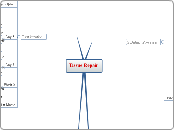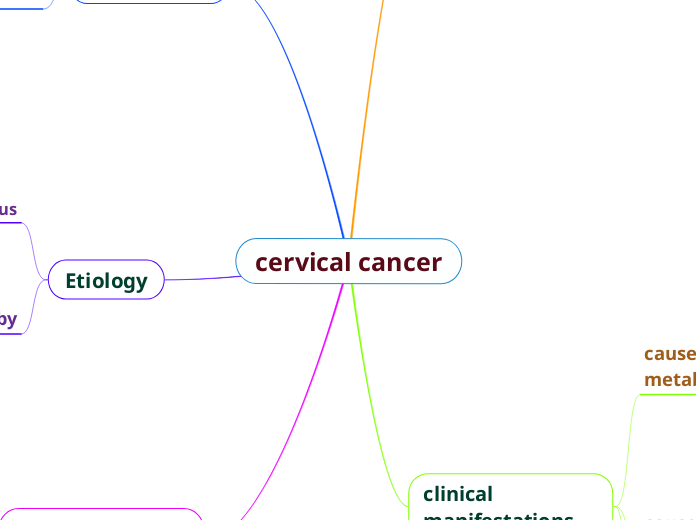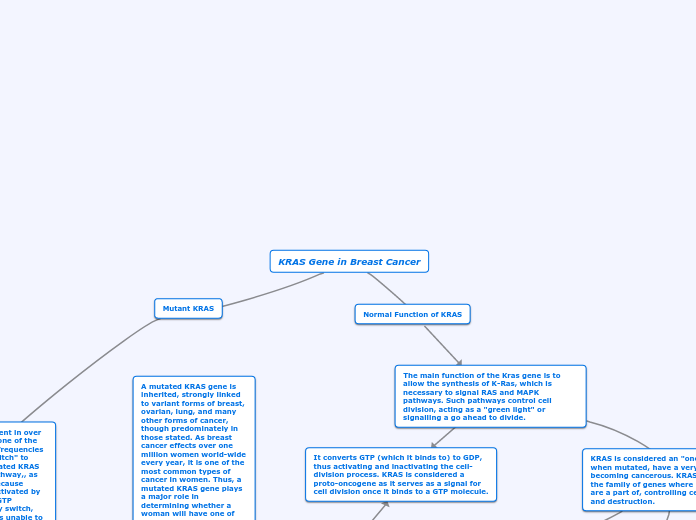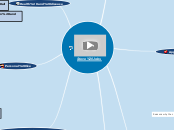Cancer epidemiology
Environmental Risk Factors
Sexual Reproductive Behavior
Radiation
Alcohol Consumption
Obesity & Physical Activity
Diet
Xenobiotics
Foods that increase your risk versus those that decrease your risk
May account for 30% of the overall risk factors for cancer
Certain chemicals that can act like mutagens
Tobacco
Cigar & pipe smokers also at risk
Secondhand smoke (EST) contains many toxic chemicals
Increases risknfor multiple cancers
Multipotent carcinigenic mixture
Genes, Environmental/Lifestyle Factors & Cancer Risk
Two thirds of all cancers are caused by environmental/lifestyle factors & occupational exposure interacting with cell & its DNA
Biology & Clinical Manifestations of Cancer
Clinical Manifestations
Hair & skin
Hair loss
GI Tract
Infection
Immune system suppression
Anemia
Related to blood loss, malnutrition, or cancer in blood forming organs
Leukopenia & thrombocytopenia
Chemotherapy drugs are toxic to bone marrow
Direct tumor invasion to the bone marrow causes leukopenia & thrombocytopenia
Cachexia
Cancer cells stealing nutrition from normal cells
Results in wasting, emaciation, & decreased quality of life
Most severe form of malnutrition
Pain
Influenced by fear, anxiety, sleep loss, fatigue, & overall physical deterioration
Occurs in 60-80% of terminally ill cancer patients
Little to no pain associated with early stages of malignancy
General Treatment Options
Metastisis
Lymphatic system
Venous system
Seeding
D: spread of cancer from a primary site of origin to a distant site
Characteristic sign of cancer
Cancer needs...
Will grow in any environment (including high acid or hypoxic states), & will steal what they need from healthy cells
No need for external growth factors
Subtopic
Blood supply
Angiogenesis
Growth of new blood vessels
Biology of cancer
Normal cells
Anchorage dependent
Must be anchored to something to grow
Have contact inhibition
Cells stop growing when they come into contact with each other
Cancer cells
Immortal
Will live forever, until host dies
Anchorage independence
Dont need to be anchored to something to grow
Lack contact inhibition
Dont stop growing when come into contact with one another - pile up
Classification
Carcinoma in situ (CIS)
Pic: basement membrane
Could...
3. Disappear entirely
2. Progress
1. Remain stable
Has properties of malignant tumors, but is not consideed cancer because it has not invaded basement memberane
Area of abnormal cell growth in epithelial tissue that hasn't invaded the basement membrane
Mitotic index
How many cells are currently reproducing
Benign vs. Malignant
Malignant
Can spread distantly (metastasis)
High mitotic index
Poorly differentiated
Invasive
Not encapsulated
Benign
Do not metastasize
Low mitotic index
Not invasive
Well-defined
Grow slowly
Malignant tumors
Named according to tissue from which it arises
Sarcomas
Connective, muscle, & bone tissue
Lymphomas
Lymphatic tissue
Carcinomas
Epithelial tissue
Metastasis
Ability of a malignant tumor to spread to other parts of the body
Pleomorphic: different size & shape from which they arise
Anaplasia: loss of differentiation
Disorganized & lose normal tissue structure
Grow rapidly
Benign Tumor
Named according to the tissues from which they arise
Well organized stroma (surrounding capsule)
Well differentiated
Diagnostics
Staging
Blood studies
Biopsies
Screening
Viruses, Bacteria, & Cancer
Heliobacter pylori
Mucosa-associated lymphoid tissue lymphomas
Stomach carcinoma
Pepetic ulcer disease
Chronic infections associated with
About 15%nof cancers are viral related
Human papilloma virus
Kaposi sarcoma herpes virus
Epsein-Barr virus (EBV)
Hepatitis B & C viruses
Inflammation & Cancer
Damaged or suppressed immune system
In both cancer & inflammation, the site will be invaded by cells to stimulate cell & vessel growth
Cancer cells like to use immune cells (neutrophils, lymphocytes, and macrophages) to help the cancer grow
Consequently, those with autoimmune diseases are at higher risk of developing cancer
Cancer-Causing Mutations
Mutations & future generations
Offsring may be effected by DNA damage of parents
Cancer is also a disease of aging
Cell damage accumulation
Changes in the DNA & chromosomes of the cell are what cause cancer to occur
Tumor Markers
Used to....
Problem: false positives/negatives
Observe clinical course of cancer
Diagnose specific types of tumors
Screen & identify individuals at high risk for cancer
D: substances produced by cancer cells or that are found on plasma cell membranes inbthe blood, CSF, or urine
5. Genes
4. Enzymes
3. Hormones
2. Antibodies
1. Antigens
Cancer
Cancer: only refers to malignant tumors
Tumor/Neoplasm: new growth









